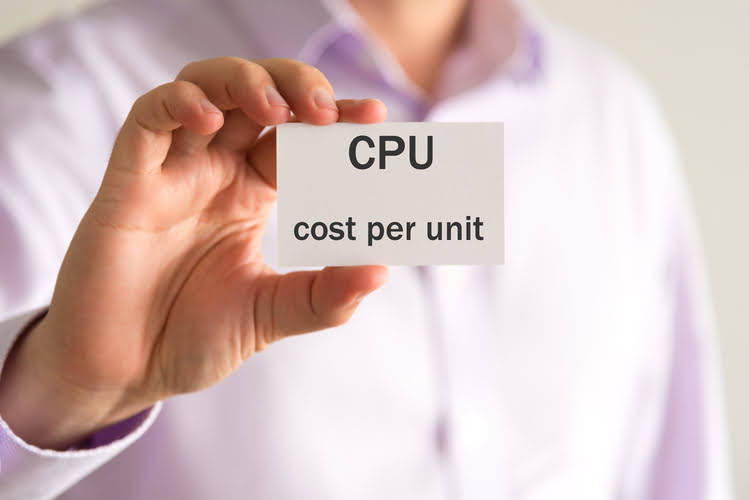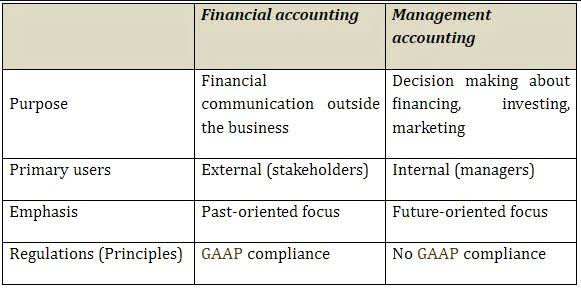
For example, if a company becomes bankrupt, its assets are sold and these funds are used to settle its debts first. Only after debts are settled are shareholders entitled to any of the company’s assets to attempt to recover their investment. Journal entries often use the language of debits (DR) and credits (CR). A debit refers to an increase in an asset or a decrease in a liability or shareholders’ equity. A credit in contrast refers to a decrease in an asset or an increase in a liability or shareholders’ equity.
What are Specific Names for Equity on the Balance Sheet?
It implies that a company’s assets must be paid for either by borrowing or from its own funds. It shows how a company’s resources (assets) are funded either by debt (liabilities) or by contributions from the owners or shareholders (equity). In double-entry accounting or bookkeeping, total debits on the left side must equal total credits on the right side. As you can see, no matter what the transaction is, the accounting equation will always balance because each transaction has a dual aspect. The accounting equation plays a significant role as the foundation of the double-entry bookkeeping system. It is used to transfer totals from books of prime entry into the nominal ledger.

Salvage Value – A Complete Guide for Businesses
- Shareholder Equity is equal to a business’s total assets minus its total liabilities.
- It is equal to the combined balance of total liabilities of $20,600 and capital of $15,850 (a total of $36,450).
- This extended version illustrates how these elements impact a company’s financial wealth.
- The working capital formula is Current Assets – Current Liabilities.
- The accounting equation focuses on your balance sheet, which is a historical summary of your company, what you own, and what you owe.
- Double-entry accounting is a system where every transaction affects at least two accounts.
- Debits are cash flowing into the business, while credits are cash flowing out.
As market conditions keep fluctuating, asset value also changes, but these changes https://www.bookstime.com/ are not reflected in the financial statements when historical cost is used. This disconnect can also result in investors or stakeholders having an inaccurate understanding of the company’s true market value. The expanded accounting equation details how this transaction affects both sides of the equation. It keeps the balance intact while showing how the company’s operations and financial decisions influence equity with other elements like revenue, expenses, and dividends.
Arrangement #3: Assets = Liabilities + Owner’s Capital – Owner’s Drawings + Revenues – Expenses

Understanding how to use the formula is a crucial skill for accountants because it’s a quick way to check the accuracy of transaction records . While the accounting equation effectively captures financial transactions, it doesn’t give a clear picture of the operational activities that drive these numbers. The accounting equation ensures that every financial transaction maintains balance in the books of records. This section will explore some examples of how common business activities impact this equation.
The future of finance is here. Is your business prepared?

Before technological advances came along for these growing businesses, bookkeepers were forced to manually manage their accounting (when single-entry accounting was the norm). Of course, this lead to the chance the basic accounting equation may be expressed as of human error, which is detrimental to a company’s health, balance sheets, and investor ability. The accounting equation is so fundamental to accounting that it’s often the first concept taught in entry-level courses.


We calculate the expanded accounting equation using 2021 financial statements for this example. Balance Sheets shown above and the Income Statement and detailed Statement of Stockholder’s Equity in this section. To prepare the balance sheet and other financial statements, you have to first choose an accounting system. The three main systems used in business are manual, cloud-based accounting software, and ERP software. That part of the accounting system which contains the balance sheet and income statement accounts used for recording transactions.
The income statement will explain part of the change in the owner’s or stockholders’ equity during the time interval between two balance sheets. The accounting equation asserts that the value of all assets in a business is always equal to the sum of its liabilities and the owner’s equity. For example, if the total liabilities of a business are $50K and the owner’s equity is $30K, then the total assets must equal $80K ($50K + $30K).
From the accounting equation, we see that the amount of assets must equal the combined amount of liabilities plus owner’s (or stockholders’) equity. Individual transactions which result in income and expenses being recorded will ultimately result in a profit or loss for the period. The term capital includes the capital introduced by the business owner plus or minus any profits or losses made by the business. Profits retained in https://www.instagram.com/bookstime_inc the business will increase capital and losses will decrease capital. The accounting equation will always balance because the dual aspect of accounting for income and expenses will result in equal increases or decreases to assets or liabilities.
Leave a Reply